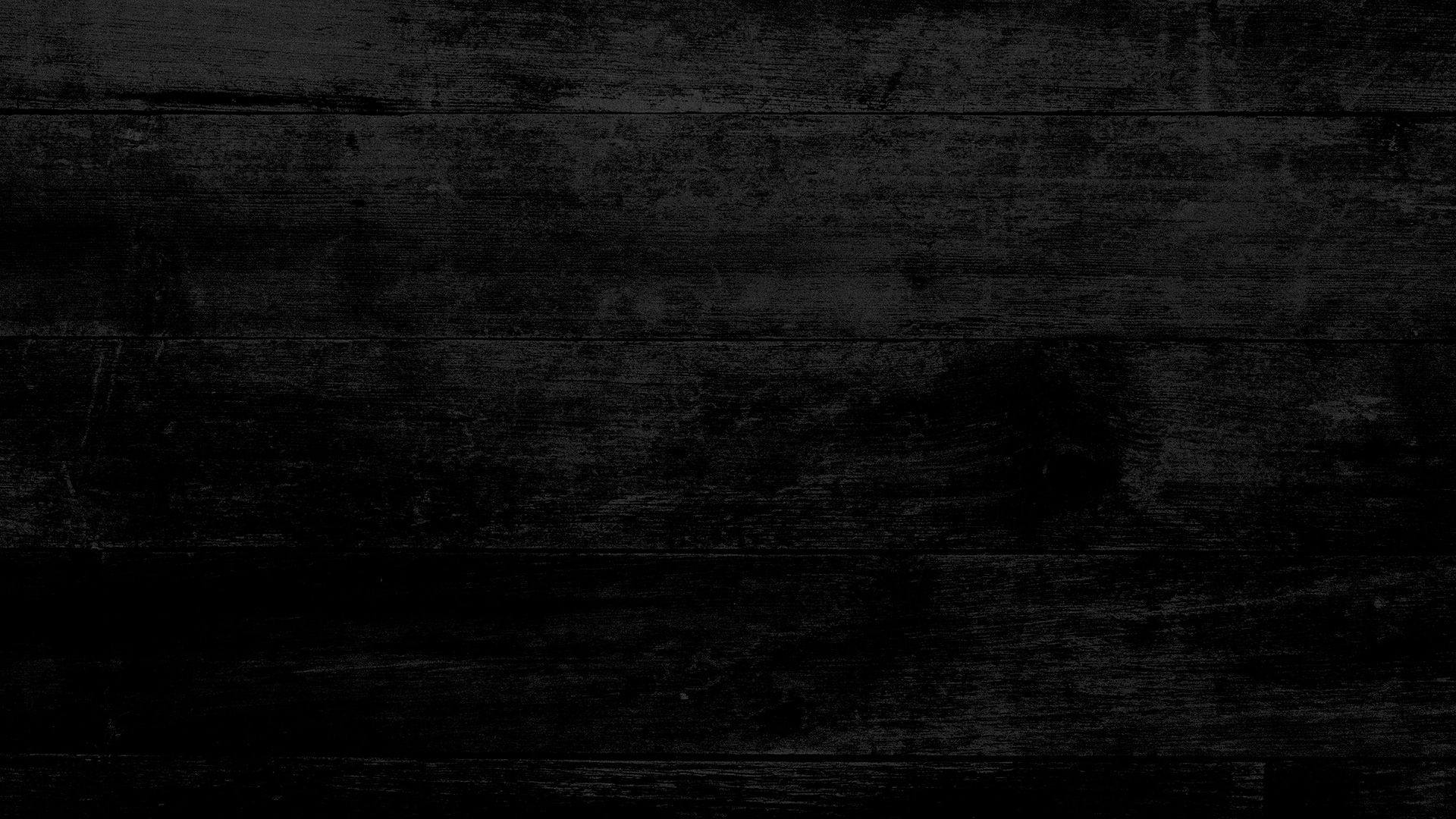UNSAFE VS. SAFE TRAILER USAGE
- Canadian Trailer Company

- Feb 1, 2023
- 3 min read
Updated: Feb 2, 2023
Throughout the year we can often get complacent when it comes to trailer safety, so we would like to take this opportunity to review a few best practices for safe use of your cargo or utility trailer.
DO YOU KNOW WHAT'S WRONG WITH THESE PHOTOS?

Safety Chains are twisted too tightly. They should only be crossed and shortened to the proper length from truck to trailer. Twisting like this will prevent the trailer from turning properly, could pull on the A-Frame and could cause it to crack or break. Also, without proper slack on the safety chains, the breakaway can't function in the event of trailer detachment.

This trailer and truck are connected properly. Safety chains have the proper amount of slack for turning and are crossed once. Breakaway switch is lengthened to one inch shorter than chains. In the event the trailer was to come unhooked from truck, trailer brakes would then be applied by your breakaway system.


No drop on hitch. Using a hitch that is not the right height for your trailer can cause a series of problems. When the trailer isn't level like the one above, the front axle is lifted almost off the ground, this distributes all the weight to the rear axle and puts huge stress on the tongue. This can bend the rear axle and crack or break A-frame.
Also, by the front end being lifted there is no pressure on the front axle that has the brakes, therefore when brakes are applied, the tire skids on the pavement and causes flats spots on the tire (shown above).

Trailer and it's axles are level, connected with a proper height 4" dropped hitch.

Improper weight distribution. When loading cargo into your trailer, never load heavy items at the nose of the trailer this can cause stress to the tongue. Heavy cargo weight should be distributed over the axles. Too much tongue weight will drop the suspension on the tow vehicle and put stress on the tongue. Trailer could also sway from improper weight distribution. The heavier cargo needs to go directly over the wheels. This will keep the trailer level, tire wear even and tow straight down the road.
PLEASE CHECK YOUR A-FRAME FOR CRACKS OR BENDS. ALUMINUM IS SOFTER THAN STEEL AND CANNOT BE ABUSED.

Avoid making these damaging mistakes
When backing up, do not jack knife the trailer so much that it bends your jack. This will not only cause damage to your bumper and/or tailgate but also crack or bend your A-frame. Don't back up and hit the coupler with your trailer hitch. This will jar the trailer, resulting in a cracked or bent A-frame (especially in winter when the jack can be frozen in the ice). When backing into a driveway, make sure you align the wheels into the driveway and not jam one tire into the curb. Do not try to push a fully loaded trailer up over the curb. This can bend your axle and also bend or crack your trailer frame.

If you back up like this employee did (with the tailgate down and at such a speed to do this much damage) it will not only cost you $1500+ for a new tailgate, IT WILL BREAK OR CRACK YOUR FRAME.
Make it a practice to back up slowly, when hooking up your trailer.
CARGO WEIGHT
Please remember your trailer and it's contents should not exceed the weight of the axle rating. For example, if your trailer has tandem 3500 lb axles, your trailer and its contents should not exceed 7000 lbs.

If you are unsure how much cargo weight you can carry, refer to your TIRE AND LOADING INFORMATION sticker located on the front driver side of your trailer.
Overloading your trailer is not only illegal but can cause damage to your axles as well as void your warranty.
AN ALUMINUM TRAILER WILL LAST A LONG TIME IF IT IS TAKEN CARE OF. IF YOU WASH IT REGULARLY (TO KEEP OFF SALT AND CALCIUM), AVOID DAMAGING ABUSE, AND INSPECT IT REGULARLY, YOUR TRAILER WILL SERVE YOU FOR MANY YEARS TO COME.
IF YOU HAVE ANY QUESTIONS OR CONCERNS, PLEASE CALL BRIAN AT 519-654-8403




